September in the Bee Garden
Follow the rehoming of our RHS Bee Garden at a London primary school, learn what pollinators are and how they help to support our gardens and let us know how many pollinators visit your green space.
03 September 2022

Red-tailed bumblebee
Creating a buzz in south London

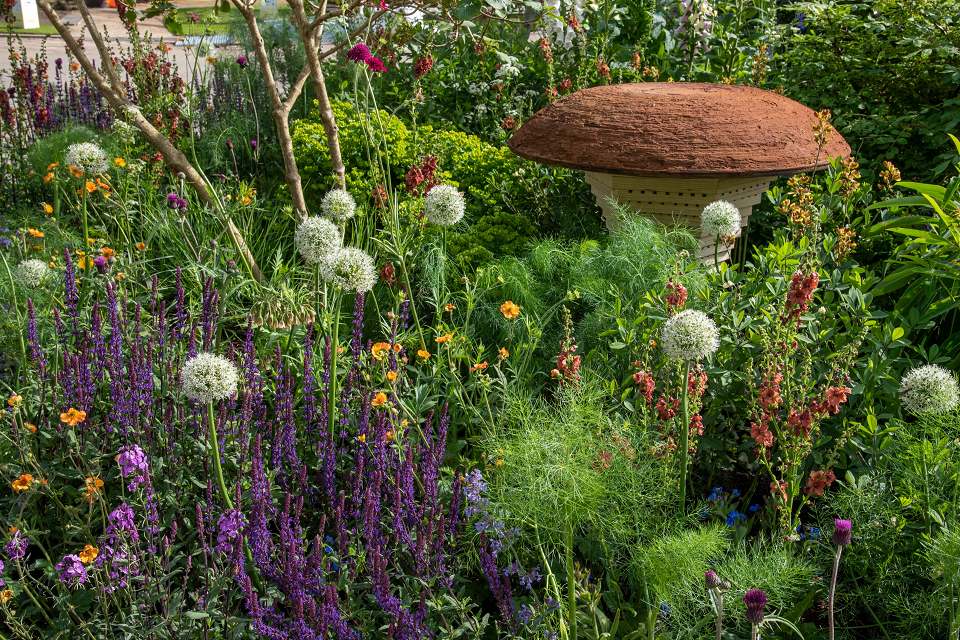
Children, staff and families at St George’s Church of England Primary School in Camberwell, London are excited to be rehoming the BBC Studios Our Green Planet and RHS Bee Garden, designed by Joe Swift for the 2022 RHS Chelsea Flower Show. The garden will take pride of place near the school’s entrance so everyone can watch bees and other pollinators as they visit the flowers.
Packed with plants for pollinators and bee hotels, the garden will also feature a POLLY created by AgriSound, which is a recording device tracking how many pollinating insects visit the garden each day. Over the coming year, we’ll be following their journey as the bee garden is built and helping your group discover more about the pollinators in your outdoor space, too.
What is a pollinator?
Explore the meaning behind the bolded words in our glossary at the bottom of this page.
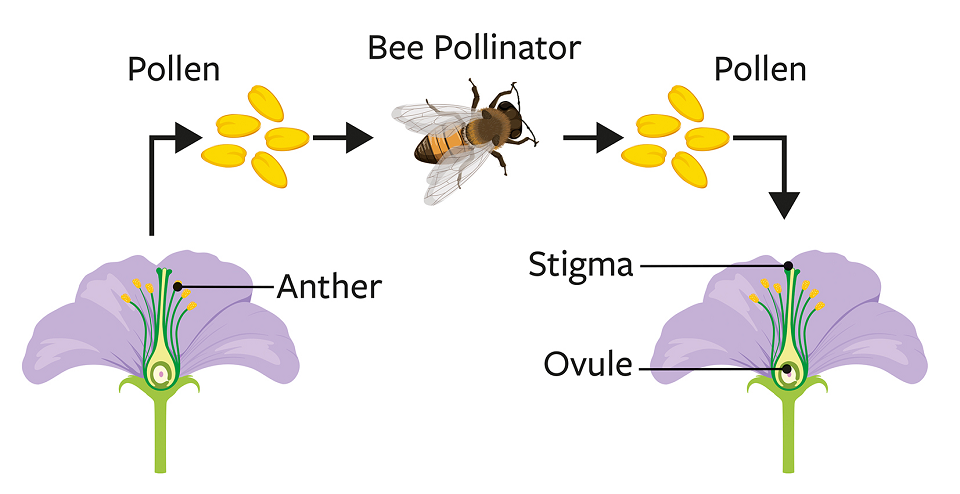
For flowering plants to produce seeds or fruit so that they can grow new plants, and for most plants to set fruit, they need to be pollinated. Pollen are very fine grains, often yellow in colour, made by the male part of the flower, called the anther. When pollen moves from the anther of a flower, to the stigma (female part) of a flower, this results in fertilisation called pollination. The pollinated flower can now produce seeds or fruit.
Plants are not able to move pollen by themselves. Some flowering plants use wind to blow their pollen to another flower, but most rely on pollinators. Pollinators are animals that move pollen as they travel form flower to flower. Some flying insects, such as bees, are pollinators. Bees are attracted to flowers by the sweet nectar that they produce, and for the pollen which they collect to feed their developing larvae. As they are feeding on this nectar some of the flowers pollen sticks to the bee, and brushes off when it visits another flower.
Other types of pollinator found in the UK include hoverflies, beetles, butterflies and moths. In other parts of the world, as well as insects, pollinators include birds, bats, mice and even lizards.
Bees are very important pollinators – they help to pollinate nearly all of our plant-based food, such as tomatoes, strawberries and green beans, so that the plants can produce fruits or seeds. Without bees, we would not be able to grow lots of the food that we like to eat.
Use our handy resources to learn more about the structure of a flower or which plants are good for attracting pollinators.
Take part
How many pollinators can you count in five minutes?
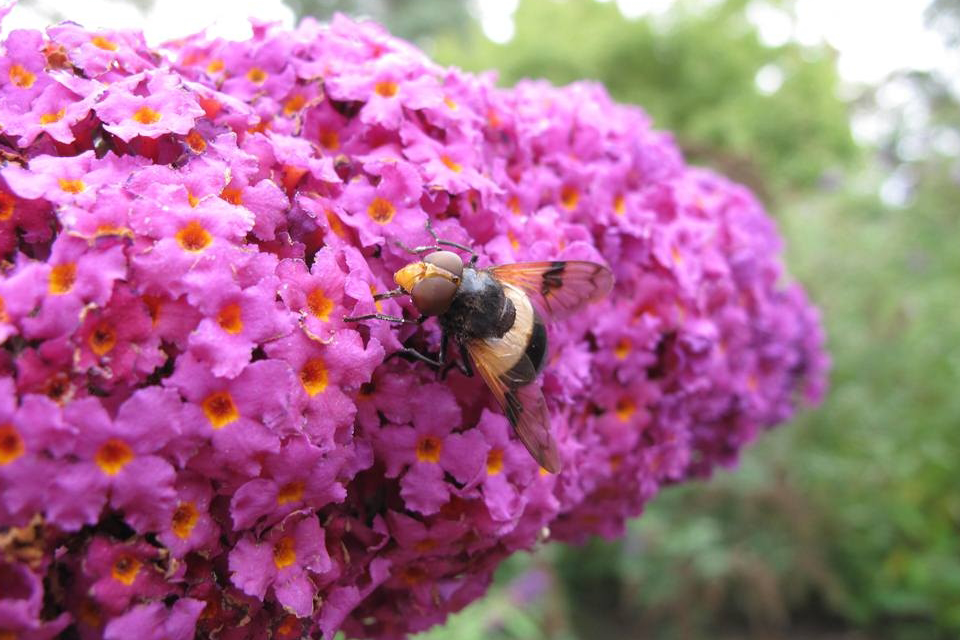
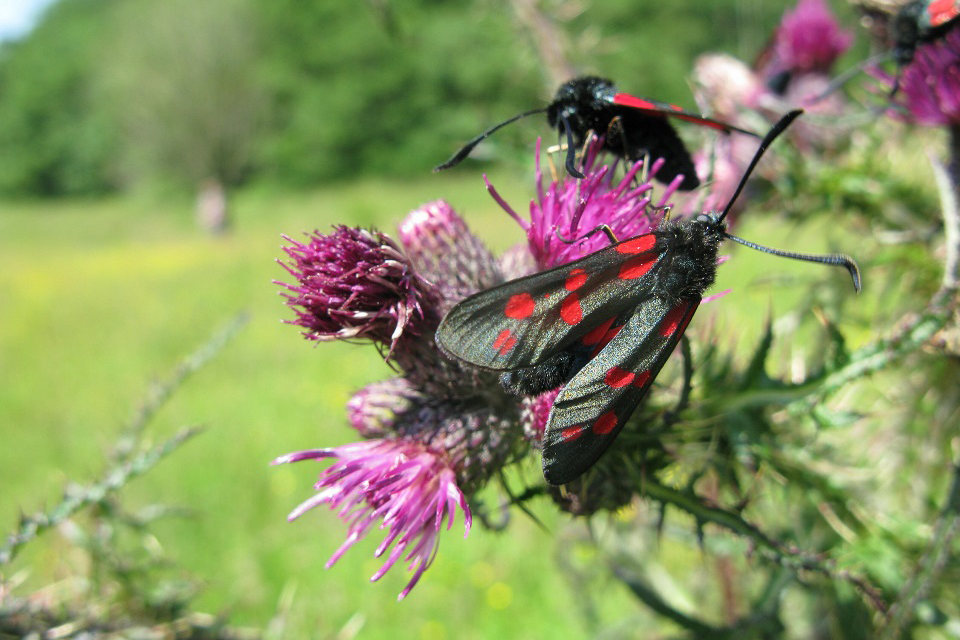
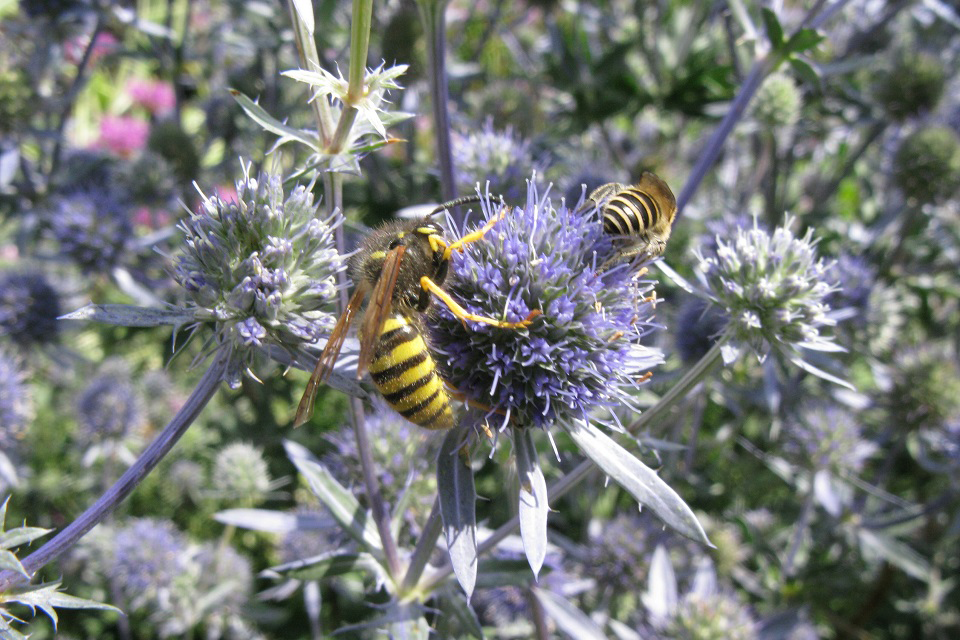
(Images left to right show: Hoverfly, Six-spot burnet moth and Common wasp.)
Choose a 50cm x 50cm patch in your outdoor space where there are some flowers, then ask young people to count every insect that lands on a flower in a five minute period and let us know how many you spot.
If an insect lands on a flower and then flies to another flower in your patch, that counts as one insect. If the insect you are watching flies away and a similar one then lands in your patch, but you can’t tell if it is the same one, then count it as a new insect. You do not need to know which insects are visiting your patch for this activity, but if you want to find out more, explore our handy Pollinating Insect Spotter guide.
Let us know how many insects you count, by filling in our quick questionnaire by Friday 16 September 2022. Please only submit one total for your school or group. If you complete more than one count, please add the total number of pollinators counted and submit that total.
Next month, we’ll be sharing the total number of pollinators counted - why not join in and add your count. We’ll be asking you to do this again across the seasons so that young people can see the differences in numbers of pollinators.
Send in your count
Glossary
|
Anther |
Part of a flower that produces pollen. |
|
Fertilisation |
The result of successful pollination which means the plant can make seeds to grow into new plants. |
|
Larva (larvae is plural) |
The active immature stage of an insect, usually referring to those insects that go through a pupal stage where the larva looks very different to the adult e.g. caterpillar (larva) and butterfly (adult). |
|
Nectar |
Sweet liquid produced in flowers. |
|
Pollen |
Dust like powder produced by flowers and carried by wind or pollinators to other flowers of the same type, so they can make seeds and grow new plants. |
|
Pollinated |
When a flower or plant has received pollen which has resulted in the flower or plant being fertilised. |
|
Pollination |
When pollen is moved to the stigma (female part) of the plant, it can then produce fruit or seed to grow into new plants. |
|
Pollinator |
Animals that move pollen from one flower or plant to another e.g. bees. |
|
Stigma |
Part of the flower that has a sticky surface. When pollen grains land or brush onto it, the flower has been pollinated and new seeds can be produced. |